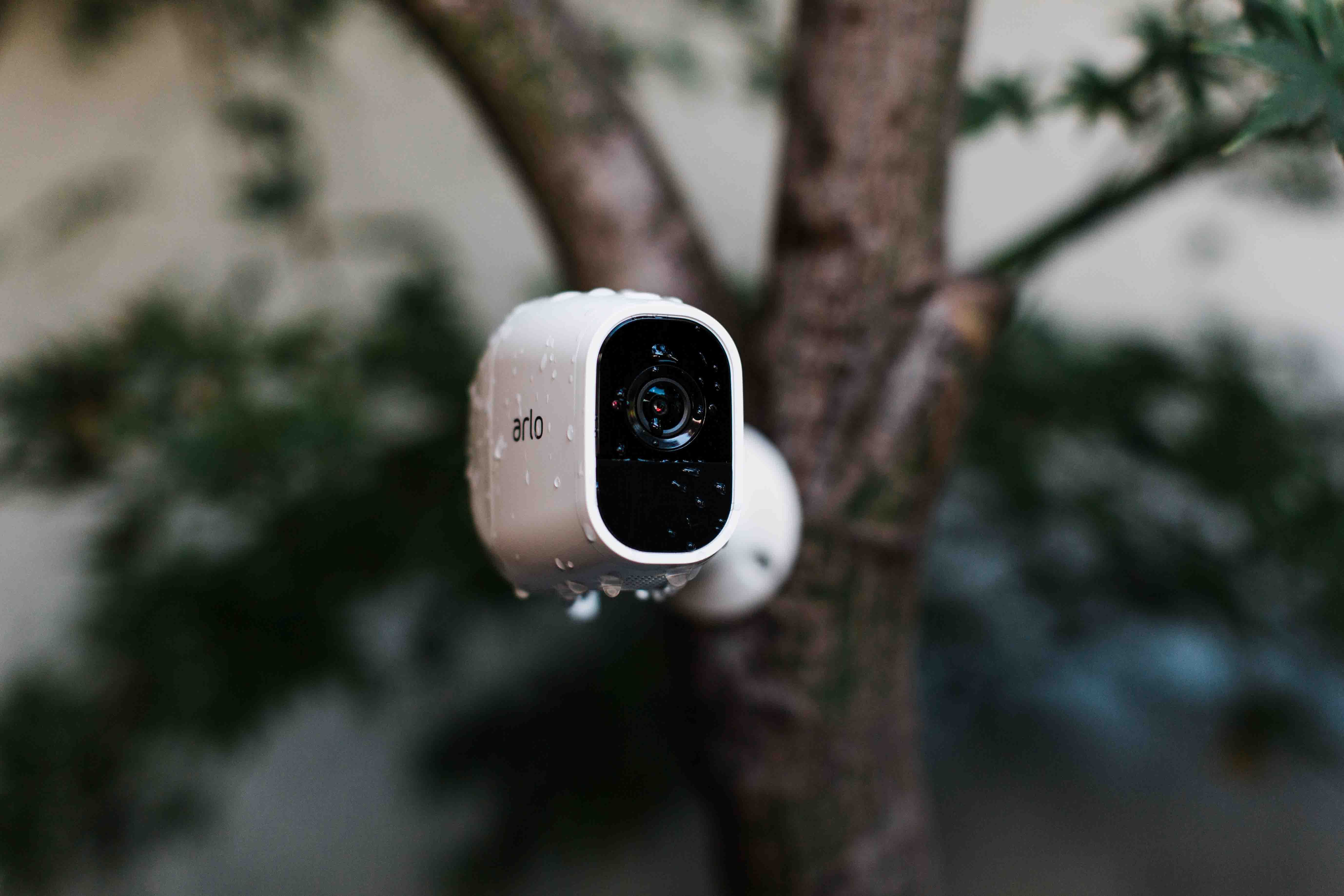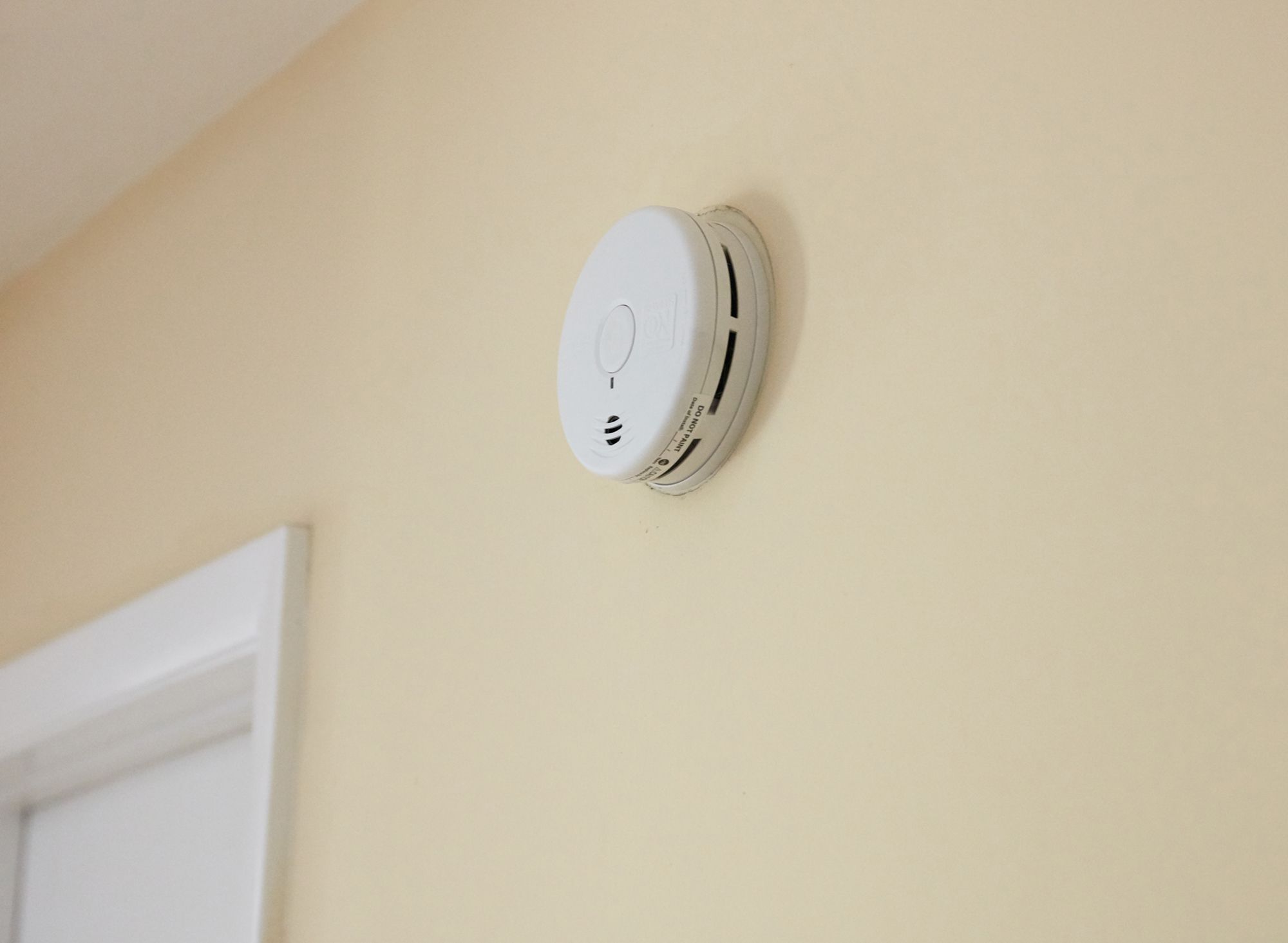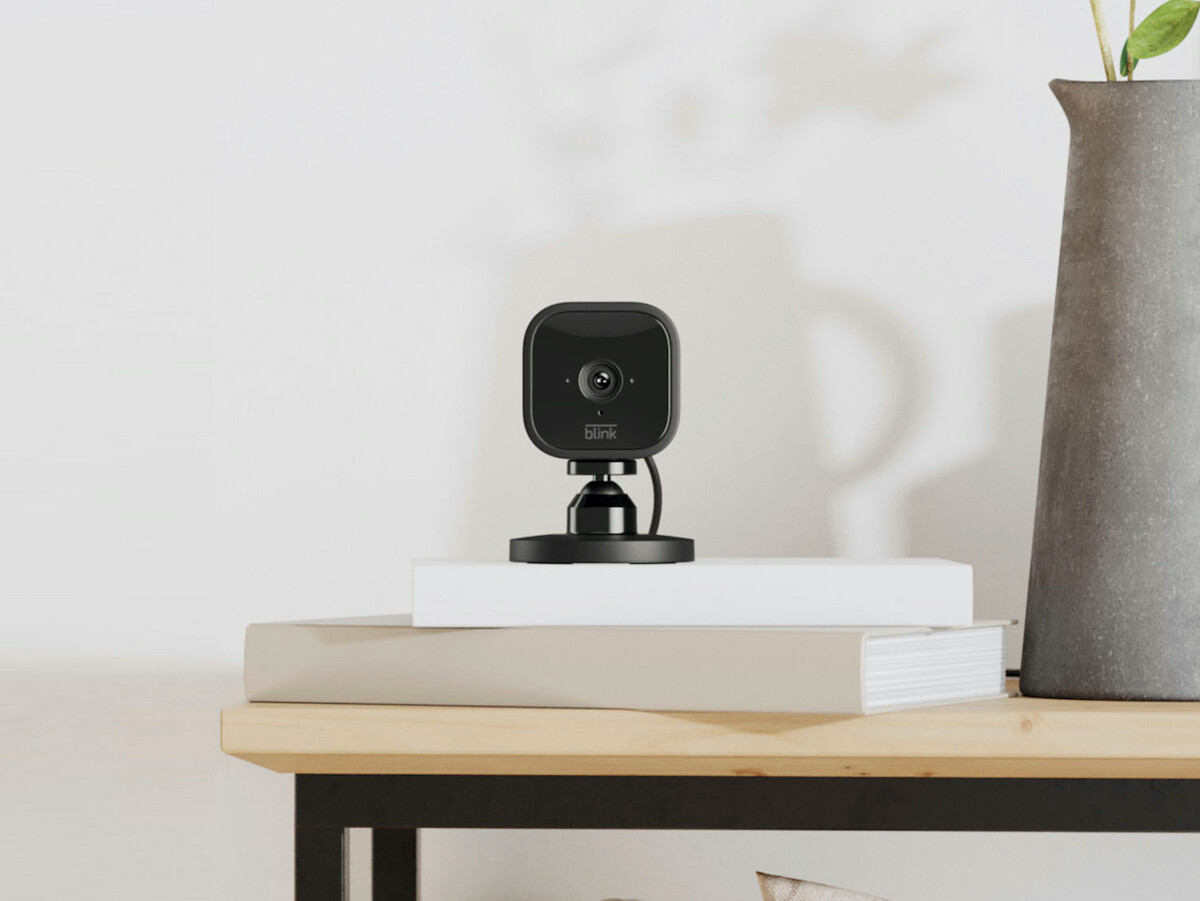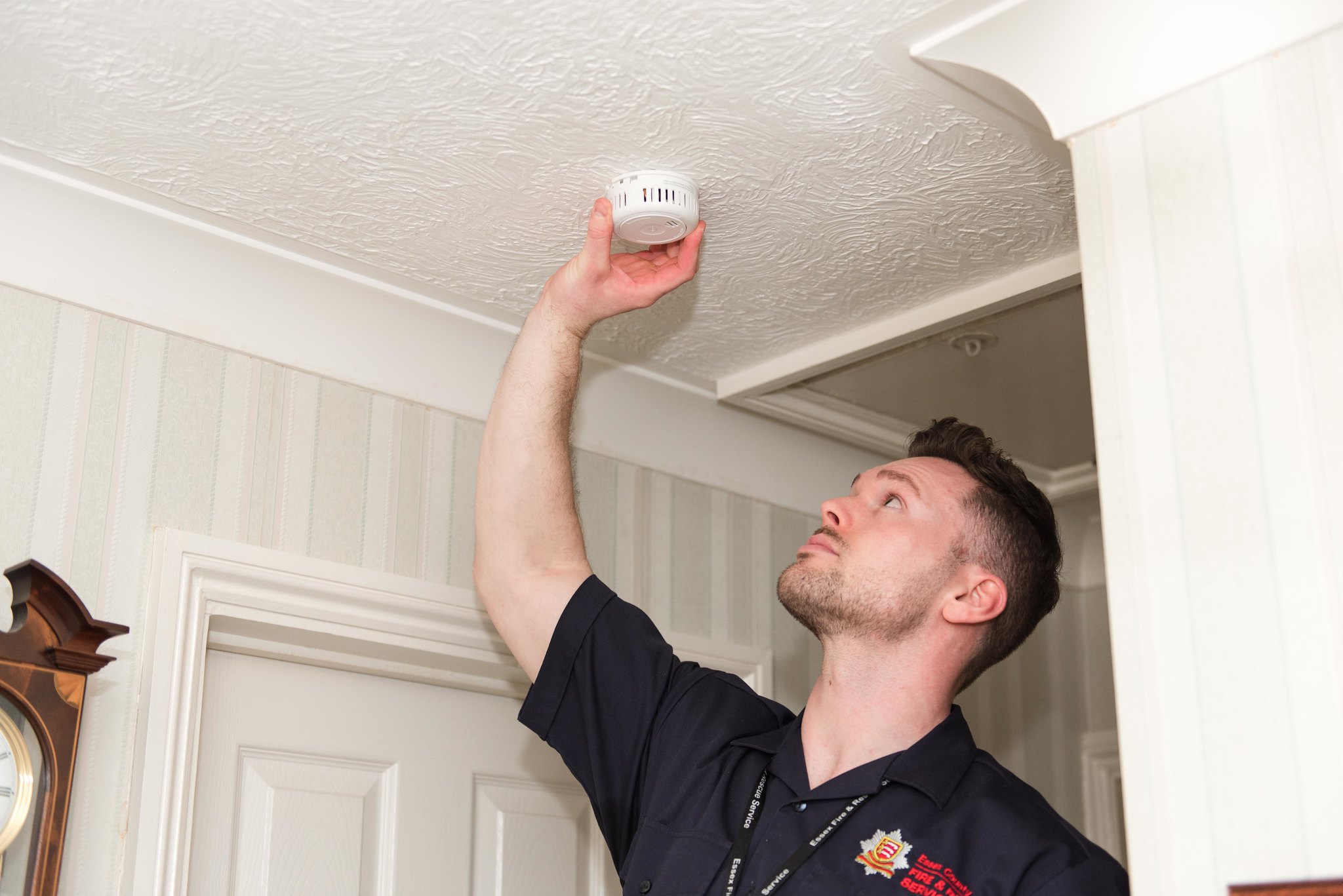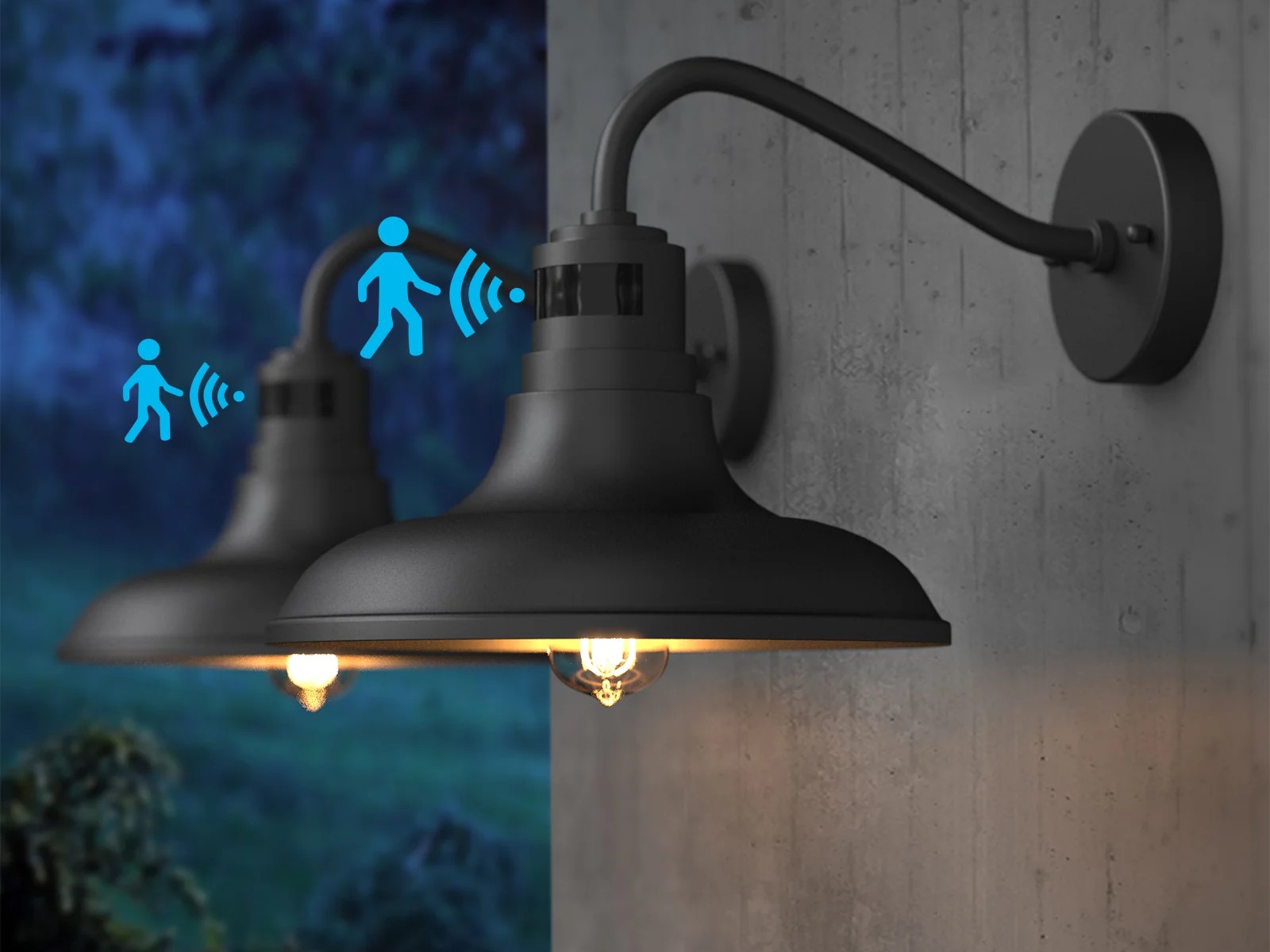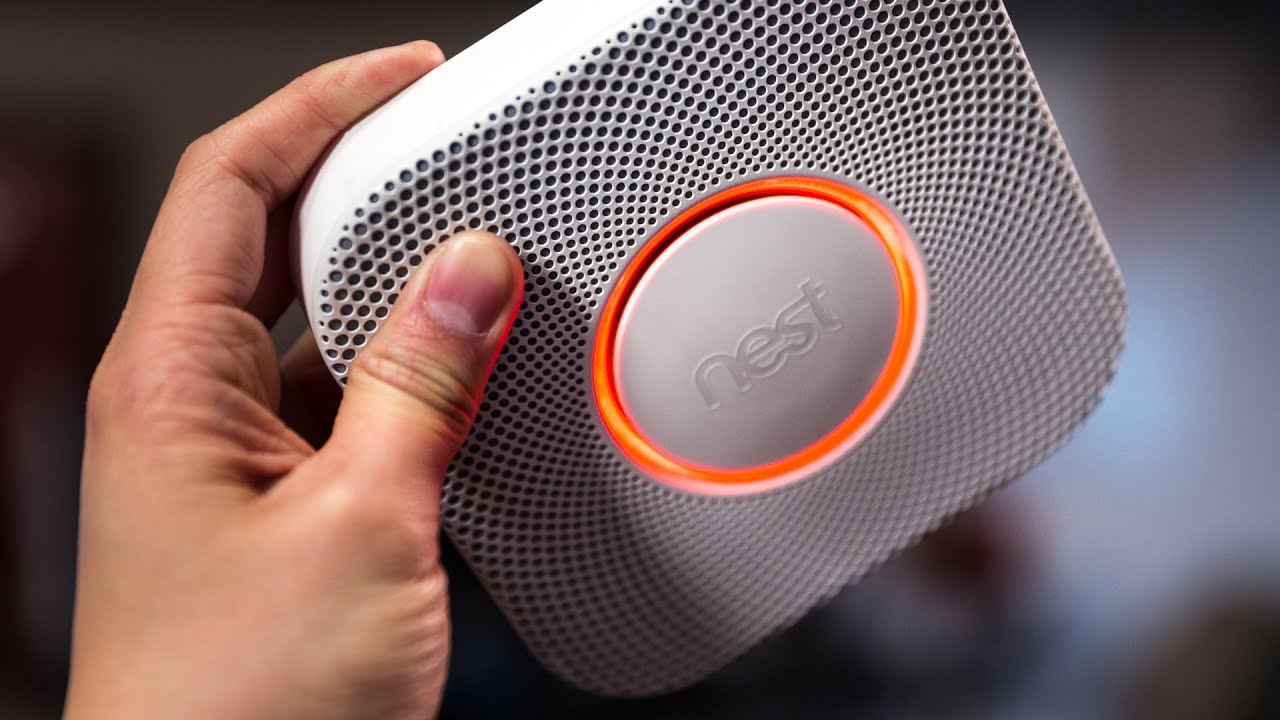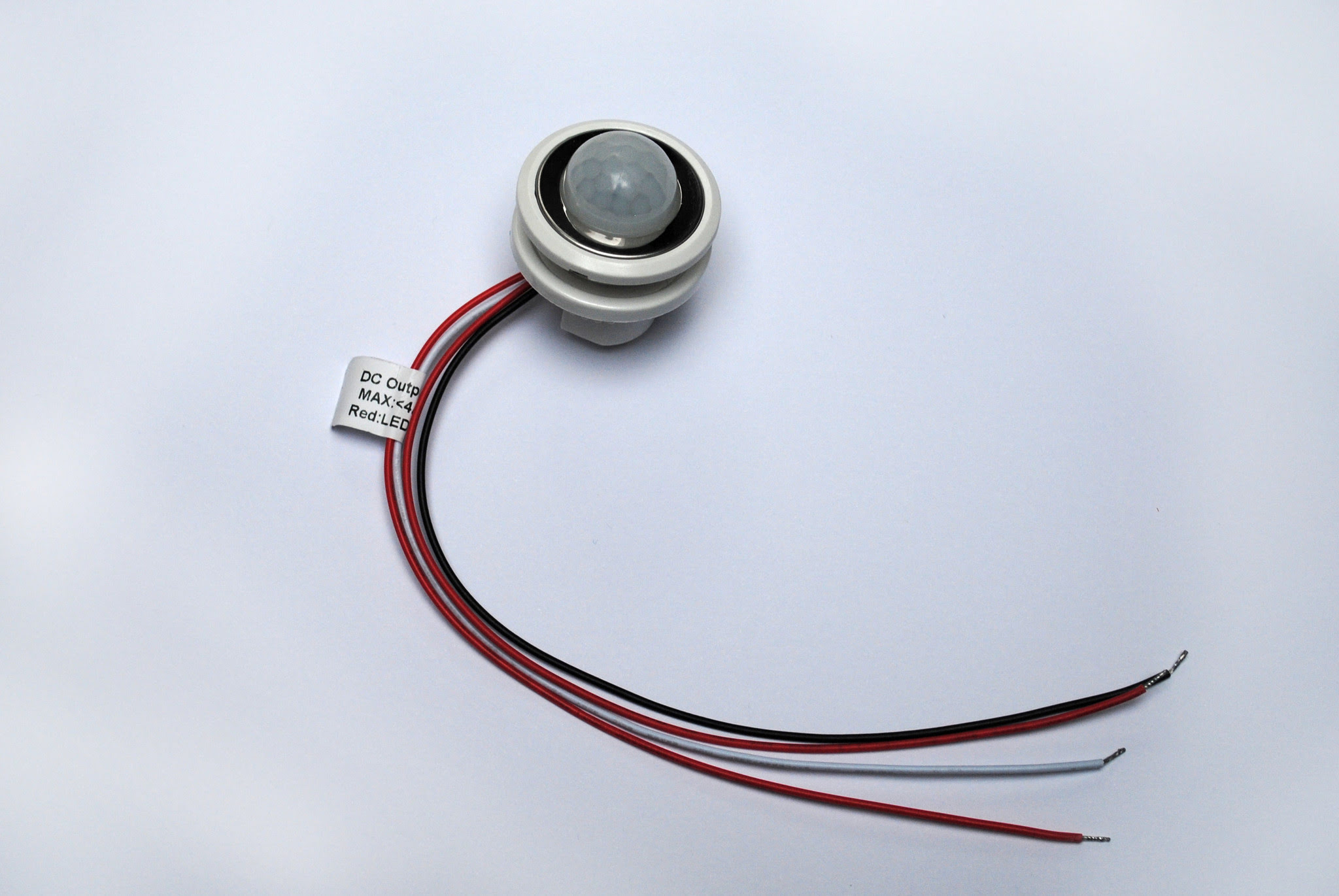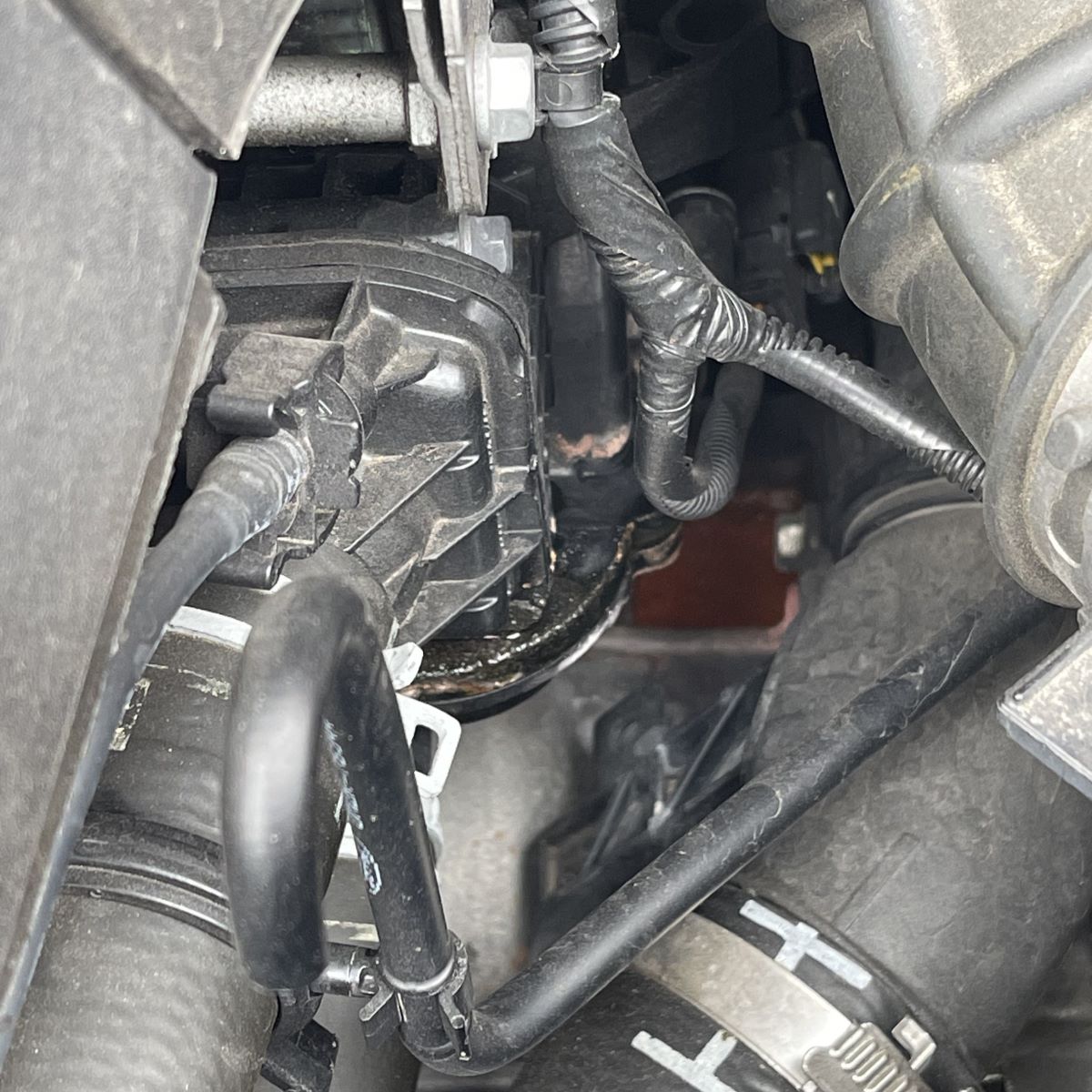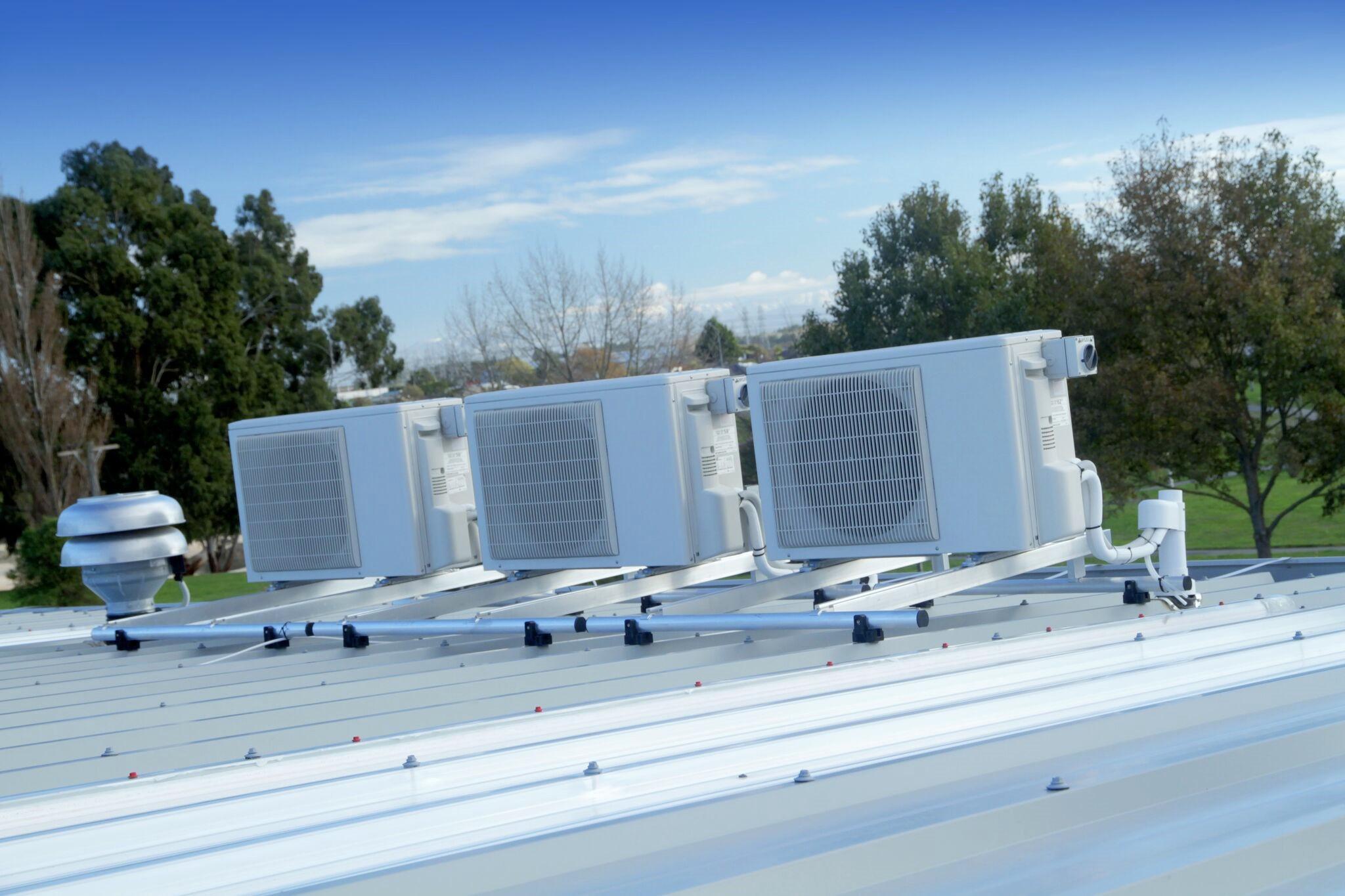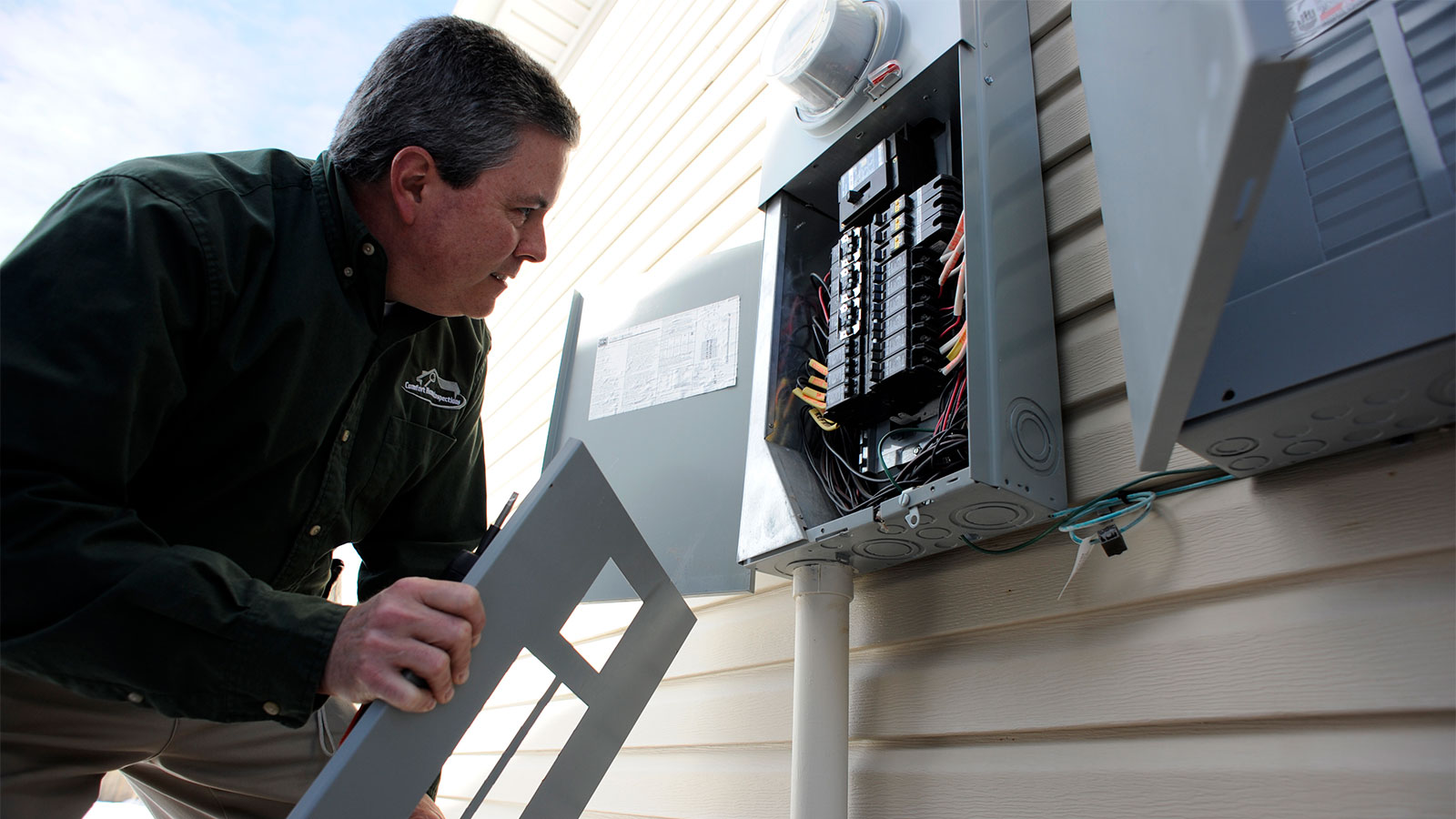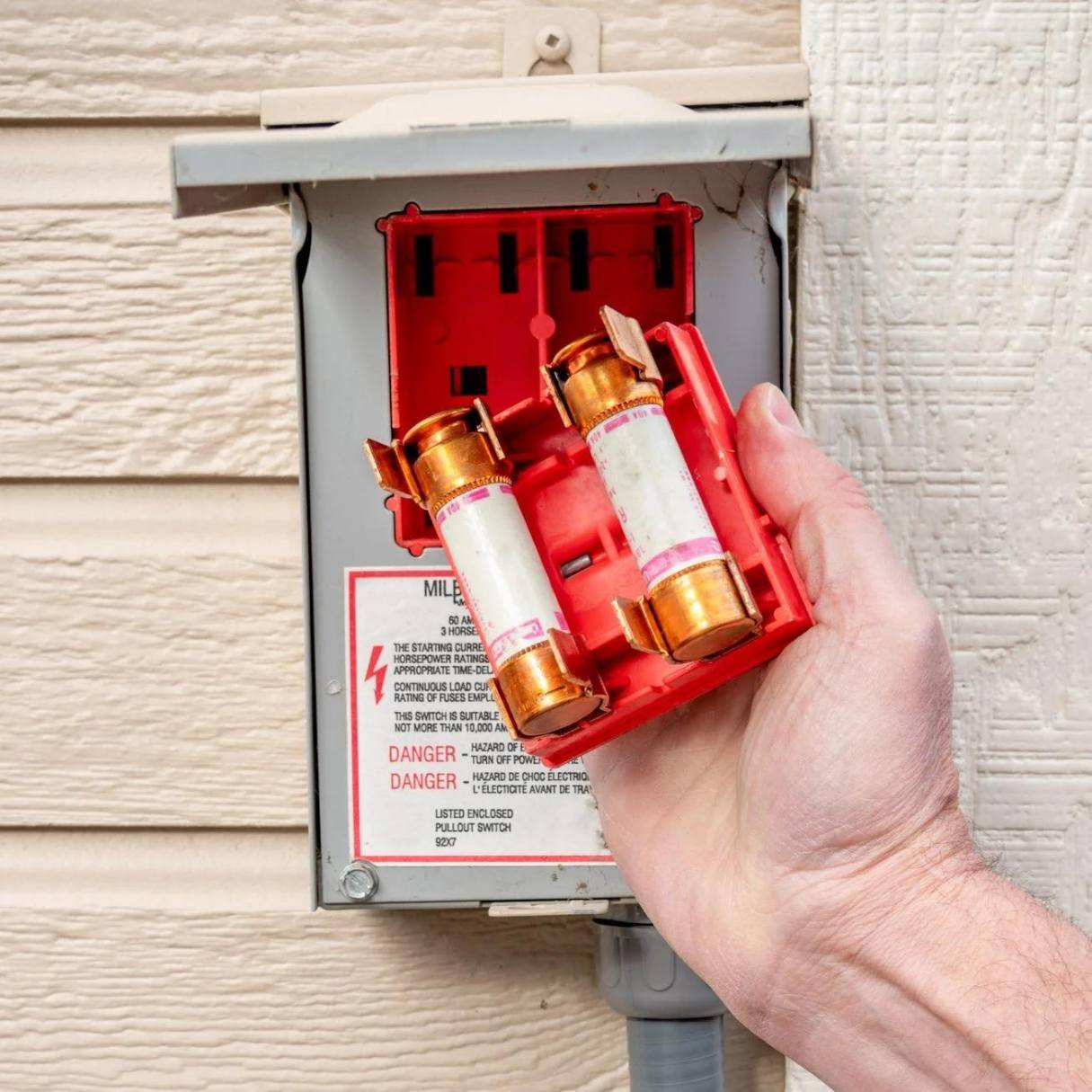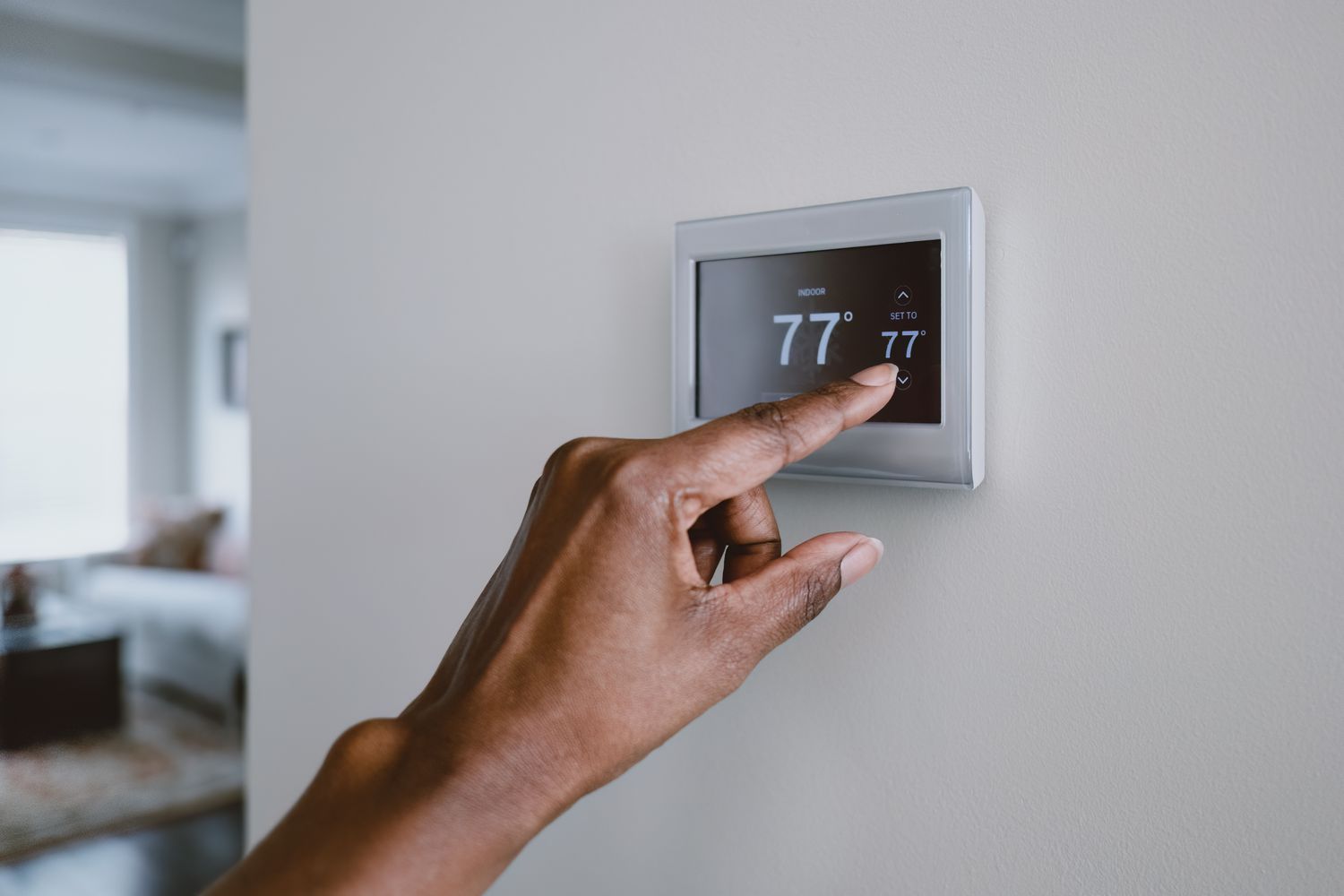Home>Home Security and Surveillance>Where Is The Ideal Location To Place A Motion Detector?
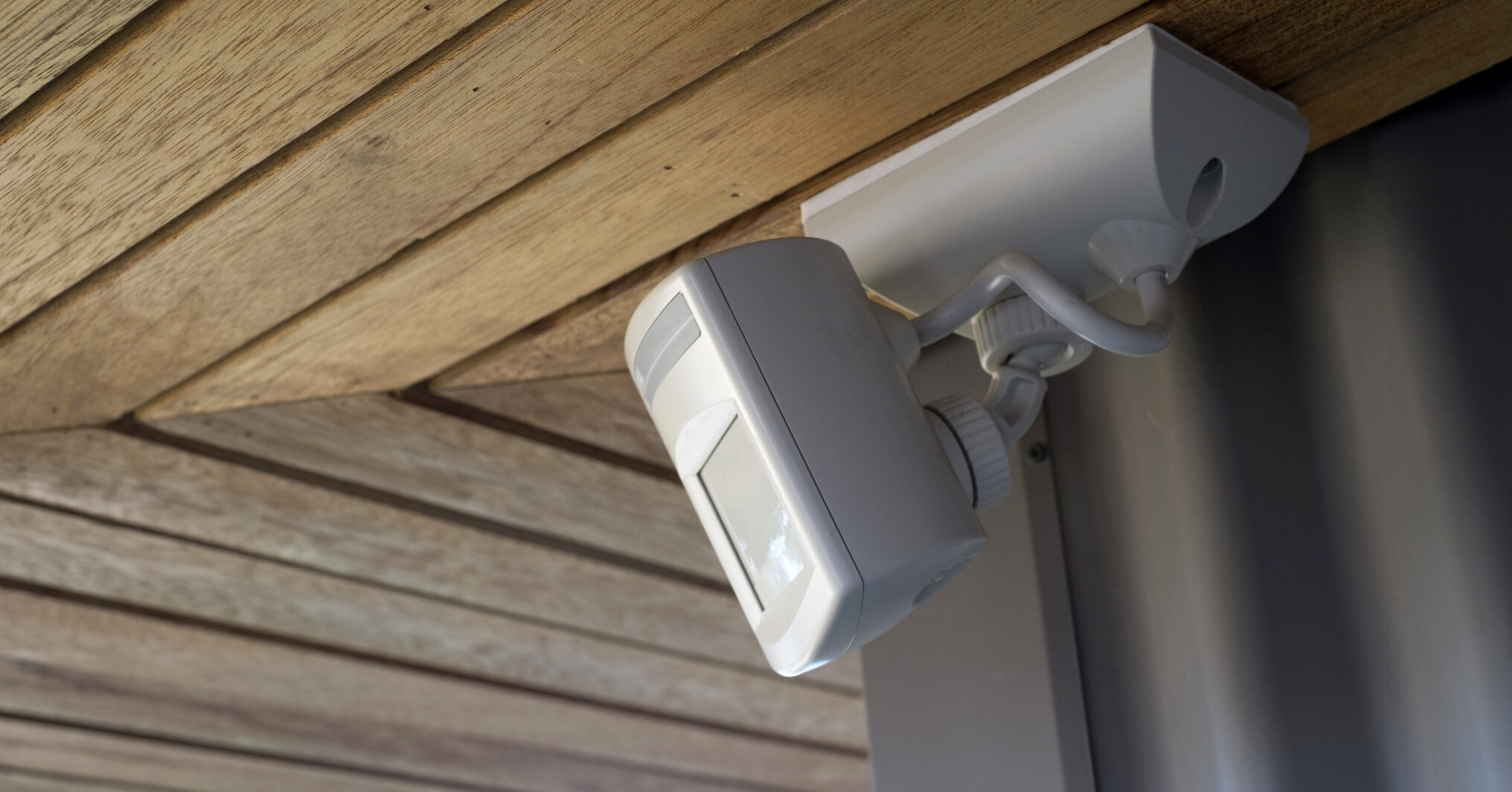

Home Security and Surveillance
Where Is The Ideal Location To Place A Motion Detector?
Modified: March 6, 2024
Discover the best placement for a motion detector in your home for optimum home security and surveillance. Explore ideal locations and maximize your protection today.
(Many of the links in this article redirect to a specific reviewed product. Your purchase of these products through affiliate links helps to generate commission for Storables.com, at no extra cost. Learn more)
Introduction
When it comes to ensuring home security, motion detectors play a vital role. These devices are designed to detect movement and trigger an alarm or notify you of any suspicious activity, providing an additional layer of protection for your property. However, the effectiveness of a motion detector depends largely on its placement.
Placing a motion detector in the right location is crucial for maximizing its efficiency and minimizing false alarms. Whether you’re considering installing motion detectors indoors or outdoors, there are several factors to consider. In this article, we will explore the ideal locations for placing motion detectors and provide valuable insights to help you make informed decisions for your home security setup.
Key Takeaways:
- Choose the right locations for your motion detectors to maximize home security. Consider factors like range, motion sensitivity, and obstacles to make informed decisions.
- Avoid common mistakes like incorrect placement and neglecting pet immunity settings to ensure your motion detectors perform optimally and minimize false alarms.
Factors to Consider for Placing a Motion Detector
Before determining the ideal location for your motion detector, it’s important to consider certain factors that can impact its effectiveness. Taking these factors into account will help ensure that your motion detector works optimally and provides reliable home security. Here are the key considerations:
- Range of Detection: Motion detectors have different ranges of detection, typically ranging from 20 to 50 feet. Understanding the range of your motion detector will help you determine where it should be placed to cover the desired area effectively.
- Motion Sensitivity: Motion detectors come with adjustable sensitivity settings. It’s crucial to find the right balance to avoid false alarms caused by pets, moving objects, or even outdoor environmental factors such as leaves blowing in the wind.
- Obstacles and Interference: Take note of any obstacles or potential sources of interference in the area where you plan to install the motion detector. Walls, furniture, and other objects can obstruct the detector’s field of vision and affect its performance.
- Pets: If you have pets at home, it’s essential to consider their movement patterns to avoid unnecessary alarms. Some motion detectors have pet immunity features that can prevent false alarms caused by small pets.
- Lighting Conditions: Different motion detectors respond differently to changes in lighting conditions. Some may work well in low-light areas, while others may require a certain level of ambient light. Consider the lighting conditions of the intended installation area.
By carefully considering these factors, you can select the most suitable locations for your motion detectors and maximize their effectiveness without compromising on convenience or triggering false alarms.
Indoor Locations for Motion Detectors
When it comes to placing motion detectors indoors, there are several strategic locations to consider. Here are some of the most effective options:
- Main Entryways: Installing a motion detector near the main entry points of your home, such as front and back doors, is a common and effective choice. This ensures that any movement entering or exiting the premises is detected, providing an early warning against intruders.
- Hallways and Staircases: Placing motion detectors in hallways and staircases is another valuable option. These areas act as thoroughfares, and having a motion detector here can quickly detect any movement, regardless of whether someone is entering or leaving a specific room.
- Living Spaces: Consider installing motion detectors in common living spaces such as the living room, dining room, or kitchen. These areas often contain valuable belongings and provide access to other parts of the house. By monitoring these spaces, you can ensure comprehensive coverage.
- Bedrooms: Don’t underestimate the importance of placing a motion detector in bedrooms. While it’s true that people are generally in their bedrooms at night, having a motion detector here adds an extra layer of security. It can alert you to any unexpected movement in the bedroom area, providing peace of mind while you sleep.
- Garage and Basements: If you have a garage or basement, it’s advisable to install motion detectors in these areas as well. These spaces are often vulnerable entry points, and having motion detectors in place can deter potential intruders and provide advanced warning.
Remember to position the motion detectors at an appropriate height and angle for optimal coverage. Ideally, they should be mounted at a height of 6 to 7 feet and tilted downwards to cover the desired area.
Keep in mind that different motion detectors may have specific installation instructions or limitations, so be sure to consult the manufacturer’s guidelines when choosing the right location for your indoor motion detectors.
The ideal location to place a motion detector is in a high traffic area where it can easily detect movement, such as near entry points or in hallways. Avoid placing it near heat sources or windows to prevent false alarms.
Outdoor Locations for Motion Detectors
When it comes to outdoor home security, placing motion detectors strategically is essential to protect your property from potential intruders. Here are some ideal locations for outdoor motion detectors:
- Front and Backyard Entrances: Installing motion detectors near the entrances of your front and backyards is a top priority. These areas are common points of entry for intruders, and having motion detectors here can provide early detection and deterrence.
- Driveways and Walkways: Motion detectors placed along driveways and walkways can help monitor any approaching movement towards your property. This is especially useful for alerting you to visitors or suspicious activity before they reach your front door.
- Garage Doors and Windows: If you have a garage, consider placing motion detectors near the garage doors and windows. This provides additional security for one of the potential vulnerable areas of your property.
- Pool Areas: If you have a swimming pool, it’s crucial to have a motion detector in that area. This not only helps protect against unauthorized access but can also alert you to any potential accidents or emergencies that may occur around the pool, providing an additional layer of safety.
- Patio and Deck Spaces: Motion detectors on patios and decks can help secure these outdoor recreational areas. By monitoring these spaces, you can be alerted to any unauthorized activity or potential threats while you enjoy outdoor gatherings or relaxation time.
When installing outdoor motion detectors, ensure that they are weatherproof and designed specifically for outdoor use. These detectors should be mounted at an appropriate height to avoid being easily tampered with or triggering false alarms due to animals or foliage movements.
It’s worth mentioning that outdoor motion detectors should not be pointing towards public areas or neighboring properties to respect privacy concerns. Focus on positioning them to provide coverage for your property boundaries and specific areas of interest.
Remember to familiarize yourself with the range and sensitivity settings of your outdoor motion detectors to avoid false alarms caused by environmental factors such as trees swaying or passing wildlife.
By strategically placing outdoor motion detectors, you can create a robust security system that enhances your property’s protection and provides peace of mind.
Common Mistakes to Avoid when Placing a Motion Detector
While knowing the ideal locations for placing motion detectors is important, it’s equally essential to be aware of the common mistakes to avoid. By avoiding these mistakes, you can ensure that your motion detectors perform optimally and provide reliable security. Here are some common pitfalls to steer clear of:
- Incorrect Height and Angle: Placing motion detectors too high or too low can lead to ineffective coverage. Aim to position them at a height of 6 to 7 feet for optimal detection. Additionally, ensure they are tilted correctly to cover the desired area without any blind spots.
- Obstructed View: Avoid placing motion detectors in areas with obstructions such as furniture, curtains, or plants. These obstructions can obstruct the detector’s field of vision and result in missed detections or false alarms.
- Inadequate Coverage: Ensure that you have sufficient coverage for all entry points and vulnerable areas of your home. Leaving any key areas unprotected can compromise the overall effectiveness of your home security system.
- Improper Range Adjustment: Failing to adjust the detection range according to the specific requirements of your home can lead to false alarms or missed detections. Take the time to adjust the range based on the layout and size of your property.
- Neglecting Lighting Conditions: Lighting conditions can affect the performance of motion detectors. Avoid placing them in areas with excessive glare or direct sunlight, as it can cause false detections. Additionally, ensure that there is adequate lighting for detection during nighttime hours.
- Ignoring Pet Immunity Settings: If you have pets at home, make sure to utilize the pet immunity settings on your motion detectors if available. This will prevent your furry friends from triggering false alarms while still providing security against human intruders.
- Not Reading the Manufacturer’s Instructions: Each motion detector model may have specific installation instructions and limitations. Failure to read and follow these instructions can lead to improper placement and subpar performance.
By avoiding these common mistakes, you can ensure that your motion detectors are correctly positioned, properly adjusted, and effectively cover the necessary areas to provide reliable home security.
Conclusion
Choosing the right locations for placing motion detectors is crucial for maximizing their effectiveness in enhancing home security. By considering factors such as range, motion sensitivity, obstacles, pets, and lighting conditions, you can make informed decisions about where to install your motion detectors.
For indoor locations, focus on main entryways, hallways, living spaces, bedrooms, and areas such as the garage and basement. These areas cover points of entry, thoroughfares, and spaces containing valuable belongings.
When it comes to outdoor locations, prioritize front and backyard entrances, driveways, walkways, garage doors and windows, pool areas, and patio or deck spaces. By securing these areas, you can deter potential intruders and receive early warnings for any approaching threats.
Avoid common mistakes such as incorrect height and angle, obstructions, inadequate coverage, improper range adjustment, neglecting lighting conditions, ignoring pet immunity settings, and not reading the manufacturer’s instructions. By sidestepping these pitfalls, you’ll ensure that your motion detectors perform optimally and minimize false alarms.
Remember, it’s important to consult the specific guidelines provided by the manufacturer for your motion detectors to guarantee proper installation and usage.
By placing your motion detectors strategically and avoiding common mistakes, you can create a robust and reliable home security system that keeps you and your loved ones safe. Invest in the right locations for your motion detectors, and enjoy the peace of mind that comes with knowing your home is protected.
Frequently Asked Questions about Where Is The Ideal Location To Place A Motion Detector?
Was this page helpful?
At Storables.com, we guarantee accurate and reliable information. Our content, validated by Expert Board Contributors, is crafted following stringent Editorial Policies. We're committed to providing you with well-researched, expert-backed insights for all your informational needs.
